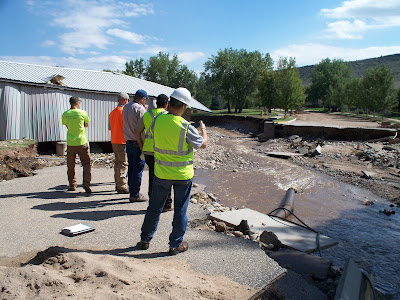Updated alternative proposal language
The department has posted documents to the stakeholder website showing the draft alternative proposal language that was discussed during the June 24, 2020 stakeholder meeting. This is located under the heading "July 15 Workgroup DRAFT Alternative Proposal" at the bottom of the page. It includes the changes discussed relating to periodic tank inspections and updates to the basis and purpose statements.
The department intends to submit this language to the Water Quality Control Commission on July 15, 2020.
Comment Deadline:
Monday July 13, 2020 at noon
Please email Tyson Ingels, Lead Drinking Water Engineer, with all comments by noon on Monday, July 13, 2020. Please visit the stakeholder website for information from previous stakeholder meetings.
Upcoming stakeholder meeting
The department is hosting a final stakeholder meeting on the proposed changes to the storage tank, cross-connection control, public notice, and sanitary survey rules.
Meeting - July 22, 2020, (1 - 2:30 p.m.)
The Zoom meeting will open at 12:30 p.m. so stakeholders have the opportunity to test functions beforehand.
Online participation: Attend via Zoom
Call-in: 1-669-900-6833
Meeting ID: 846 2373 1238
Materials: Agenda and other materials will be available on the stakeholder website.
Contact
➽ Tyson Ingels, lead drinking water engineer


